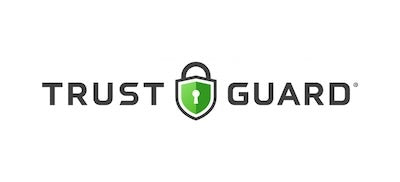Robocalls: A Growing Problem
- Atlas Phones Blog
- 09 Aug, 2019
There is nothing more irritating than answering the phone, only to find out its a robocall. If you feel as though you've been receiving these types of calls more often than ever, you would be right. Over 48 billion robocalls were placed in the U.S. last year, nearly fifty percent more than the previous year. The FCC estimates that about half of the calls placed this year will be robocalls.
So what can we do about this growing problem?
One proposed solution by telecom giants like Comcast, AT&T and T-Mobile would be an authorization protocol (STIR/SHAKEN). This lets providers authorize, or decide whether a caller is a legitimate caller, and not a spammer. When authorization takes place, cell phone users will see “Caller Verified” in the caller ID. Any other unknown calls, will come across unverified. The only downside with this protocol, is that the FCC has not granted providers the ability to entirely block spammers from calling in the first place.
A solution that addresses this involves robocall blocking apps. These are apps such as Robokiller and Nomorobo. Unlike cell phone service providers, these applications have the ability to block unwanted calls before customers receive them. Due to this, call blocking apps work great in combination with authorization protocols established by providers.
The only thing that is missing from this equation is the enforcement of rules against robocallers. Without any reason to stop calling, the spam calls will continue. As of recently, federal regulators have attempted to launch initiatives that target robocalls. Experts suggest the ultimate solution to ending robocalls for good would be a combination of new technology, blocking apps and enforceable legislation.
In the meantime here are the FCC’s consumer tips on how to avoid unwanted robocalls:
- First and foremost, do not answer calls from numbers you do not know. If you do end up answering a call, hang up immediately. They also advise it will not always be easy to tell if a call is a scam. Calls from a “local” area code are not always local.
- If you do end up answering a call, and they ask you to press a button to stop receiving calls, just hang up. Do not follow instructions to press any buttons. They also state not to respond to any questions, especially those that can be answered with “yes.”
- Above all, do not give out personal information over the phone such as account numbers, social security numbers, mother’s maiden name or any other identifying information. If you are at all suspicious, hang up the call. Legitimate agency numbers can be verified online.
The FCC provides web resources for how to set up call filtering or blocking with your service provider as well as other useful tips here https://www.fcc.gov/consumers/guides/stop-unwanted-robocalls-and-texts















